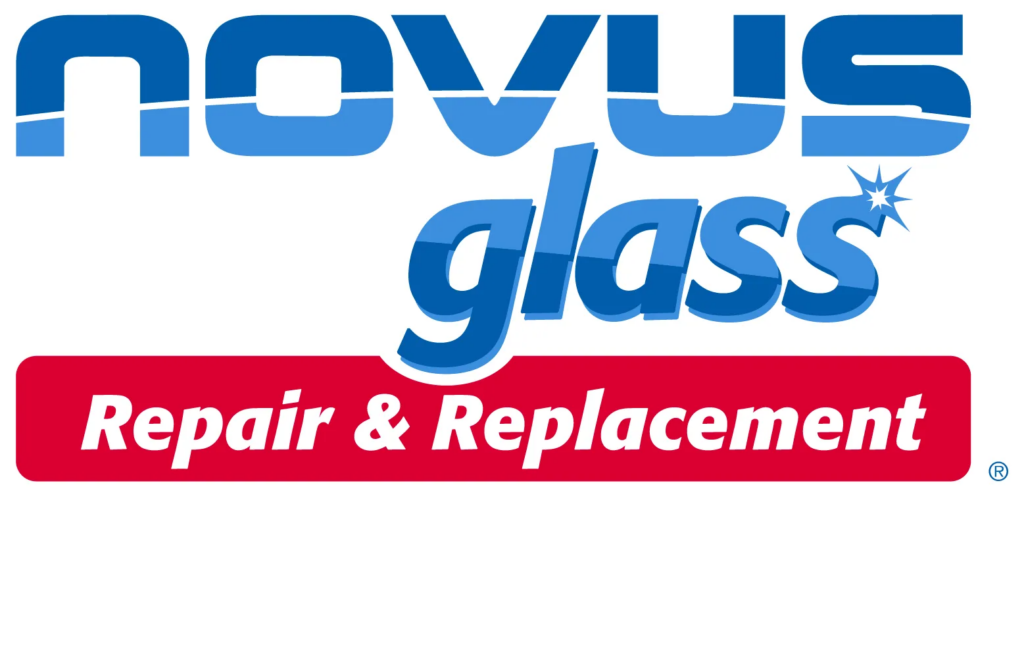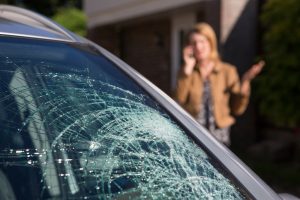Apart from vehicles, what is one regular and common sight that we see on roads, streets, highways, freeways and parking lots?Unsurprisingly it is vehicle accidents. These are responsible for vehicle damages, injuries, trauma and in severe cases, even fatalities and their numbers have been significantly increasing over the years. The federal and state laws of Australia require people involved in a vehicle accident, whether it is minor or major, to carry out certain steps and procedures to ensure safety for everyone and hold the people involved accountable. Failure to follow these steps can lead to legal repercussions ranging from payment of fines, license suspension and even being charged and arrested for hit and run cases. Here are the key steps you need to take if you are involved in a minor vehicle accident:
- Check for injuries and damages: Once you have tried to overcome the initial shock realisation that you have caused or have been affected by an accident, you need to step out of your vehicle and assess the damages caused to your vehicle and that of the other person’s. If there have been injuries with either parties, you need to prioritise safety of the victim and their surroundings and / or perform basic first aid techniques and get assistance from emergency services. Have your hazard lights on at all times to divert oncoming traffic and alert them of an emergency.
- Exchange details: Both parties need to exchange contact details including names, phone numbers, addresses, vehicle registration numbers, license numbers and motor vehicle insurance providers. You also need to take pictures of the location of the accident and damages caused to both vehicles as evidence when you claim for them through your motor vehicle insurance provider. If you have collided with a parked or stationary vehicle, you need to leave your relevant details on the vehicle’s windshield. Additionally, if there have been any witnesses to the incident, it’s worth getting their details as well and asking whether they would be happy to testify what they witnessed if there is a need for it.
- Contact your motor vehicle insurance provider: Regardless of whether you have third party or comprehensive motor vehicle insurance, you need to contact your insurance provider to lodge a claim and be guided through the claims processing stage. They will ask for the incident details including contact details of parties involved and the damages caused, so make sure you send them your pictures. It is best not to discuss liability at this stage as insurance providers have the right professional experience to a more informed and accurate judgement call on who exactly is liable for the incident. Your insurance company should be your point of contact hereafter to see how the damages to both vehicles can be covered. If liability is undisputed such as colliding with a parked vehicle or rear ending a vehicle and the other party is clearly liable, you can choose to either claim solely through their insurance provider or lodge a claim with your insurance provider depending on which option is able to cover most of the damages.
If your windscreen has been damaged as a result of a motor vehicle incident and it needs repair or replacement, contact Novus to obtain a quote today!



